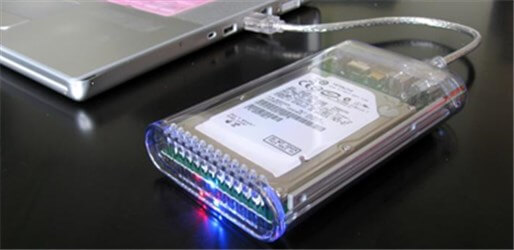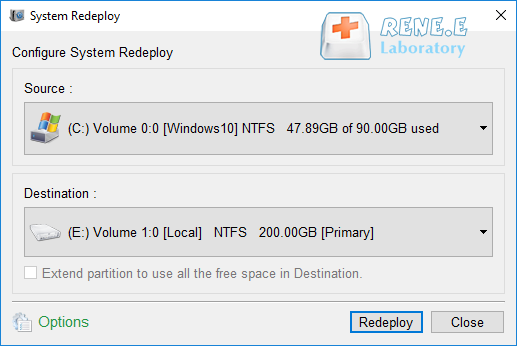Effortlessly Clone Your Boot Drive in Windows: A Step-by-Step Guide
- Home
- Support
- Tips Data Backup
- Effortlessly Clone Your Boot Drive in Windows: A Step-by-Step Guide
Summary
Discover how to effortlessly clone your boot drive in various Windows versions with our detailed guide. Learn to back up data, choose the best cloning software, and troubleshoot issues for a seamless transition to your new boot drive.

msconfig





Automatic 4K alignment Improves SSD performance during system migration.
Support GPT and MBR Automatically adapt to the suitable partition format.
Support NTFS and FAT32 Redeploy various files in different file systems.
Back up quickly Back up files at up to 3,000MB/min.
Overall backup schedule Support system redeployment/system backup/partition backup/disk backup/disk clone.
Automatic 4K alignment Improve SSD performance
Support GPT and MBR Intelligently adapt to a partition format
Support NTFS and FAT32 Redeploy files in different file systems
Free TrialFree TrialNow 2000 people have downloaded!

| Server Type | Enter boot menu method |
|---|---|
| DELL | Press the F12 key repeatedly before the Dell logo appears on the screen. |
| HP | Press the F9 key multiple times when the HP logo is displayed. |
| BIOS Name | Enter boot menu method |
|---|---|
| ASRock | DEL or F2 |
| ASUS | DEL or F2 for PCs, DEL or F2 for Motherboards |
| Acer | DEL or F2 |
| Dell | F12 or F2 |
| ECS | DEL |
| Gigabyte / Aorus | DEL or F2 |
| Lenovo (Consumer Laptops) | F2 or Fn + F2 |
| Lenovo (Desktops) | F1 |
| Lenovo (ThinkPads) | Enter then F1 |
| MSI | DEL |
| Microsoft Surface Tablets | Press and hold Power and Volume Up buttons |
| Origin PC | F2 |
| Samsung | F2 |
| Toshiba | F2 |
| Zotac | DEL |
| HP | Esc, F9 for "Boot Menu", Esc, F10, Storage tab, Boot Order, Legacy Boot Sources |
| INTEL | F10 |

bootrec /fixmbr
bootrec /fixboot
bootrec /scanos
bootrec /rebuildbcd
Relate Links :
Expert Guide: Clone Your Boot Drive to a Samsung SSD Safely
11-09-2023
Ashley S. Miller : Learn how to clone a boot drive to a Samsung SSD with the help of Samsung Data Migration...
Fix: Cloned Hard Drive Won't Boot on Windows
01-03-2024
John Weaver : Struggling with a Windows system that won't boot after migrating or cloning to a new hard drive? Uncover...
Mastering Moving C Drive to SSD: A Step-by-Step Guide
30-07-2024
Amanda J. Brook : This article provides a thorough guide for moving your C drive to an SSD, including preparation, using cloning...
How to Move Windows 11 to Another Drive: A Step-by-Step Guide
06-07-2024
Ashley S. Miller : Learn how to move Windows 11 to another drive with our detailed guide. This step-by-step tutorial covers everything...




